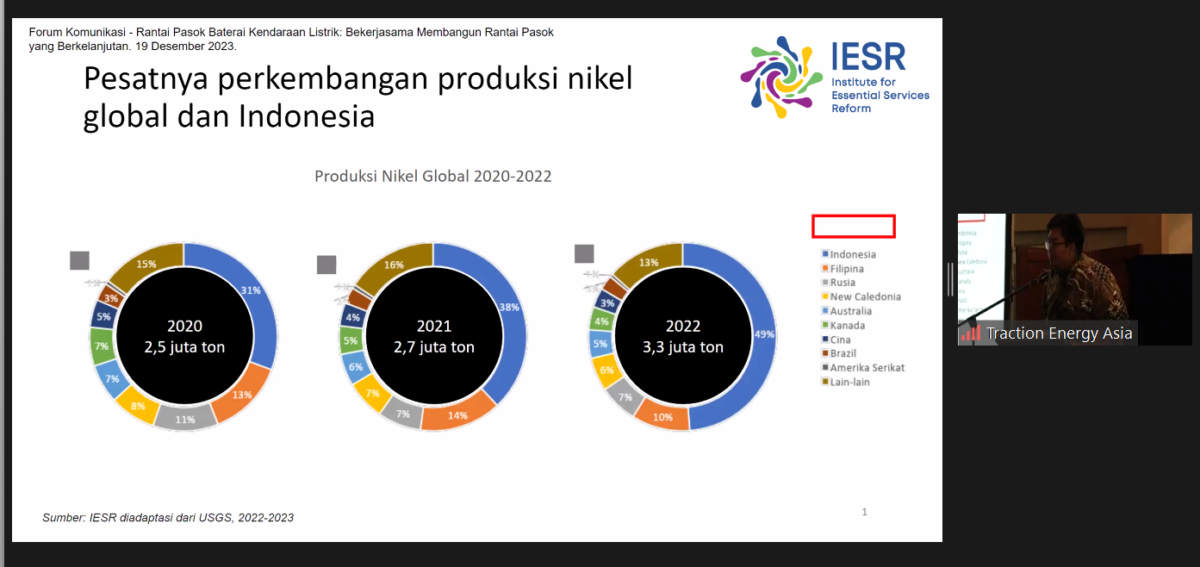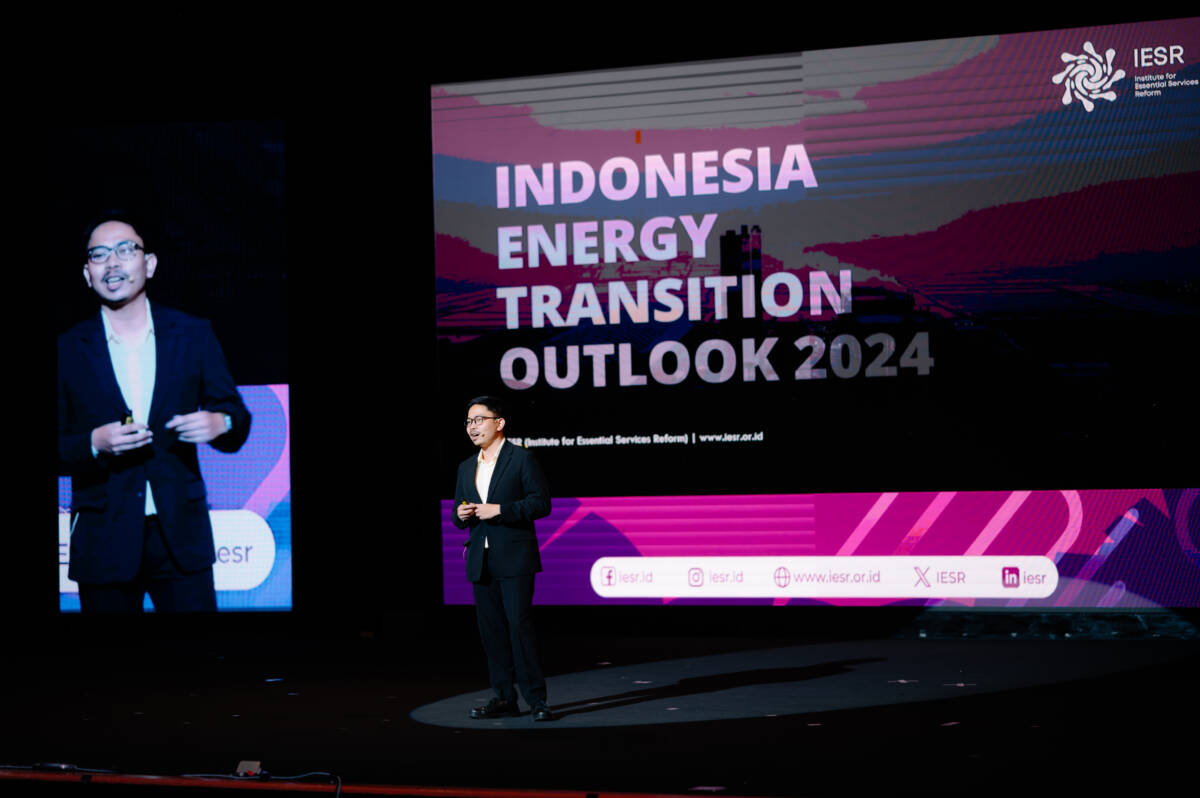Jakarta, December 21, 2023 - The Center for Marine Geological Survey and Mapping (BBSPGL) of the Geological Agency of the Ministry of Energy and Mineral Resources has conducted a survey and mapping of potential marine energy that can be utilized as electrical energy. As per their findings, 17 water points in Indonesia have been identified…




